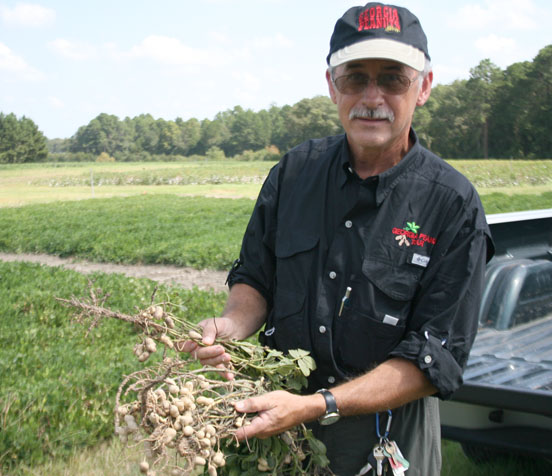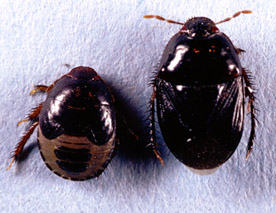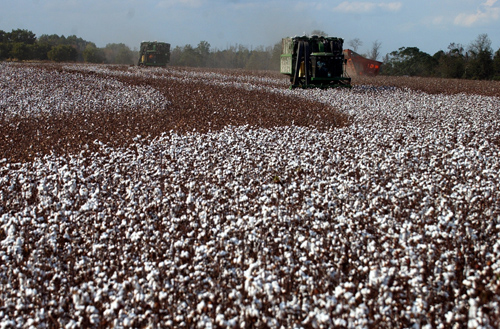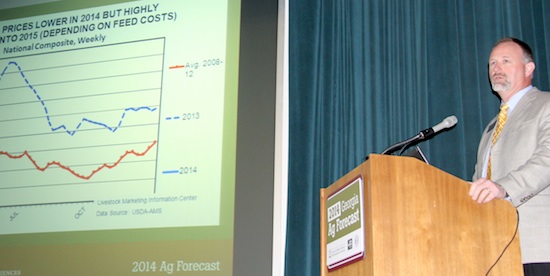 CAES News
CAES News
Georgia Ag Forecast
Georgia’s livestock producers may see higher profits in 2014 due to lower feed prices and higher consumer demand. However, those lower feed prices, and flat demand for corn for ethanol, may hold down profit margins for Georgia row crop farmers.

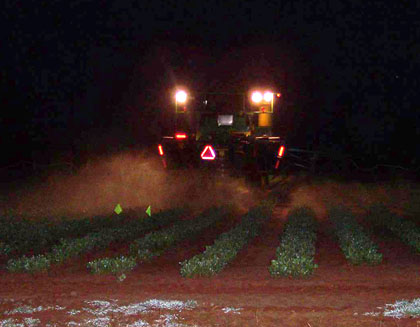
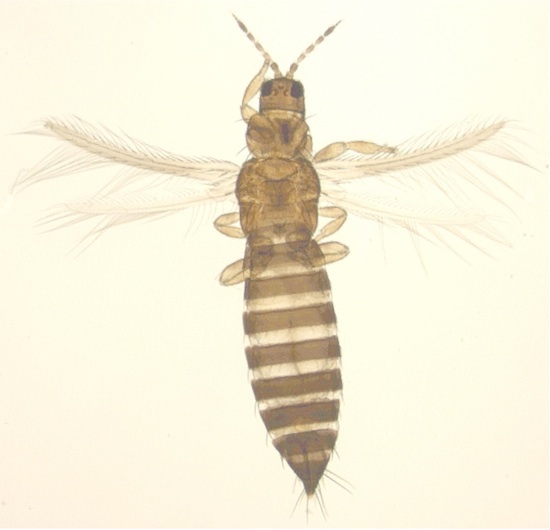
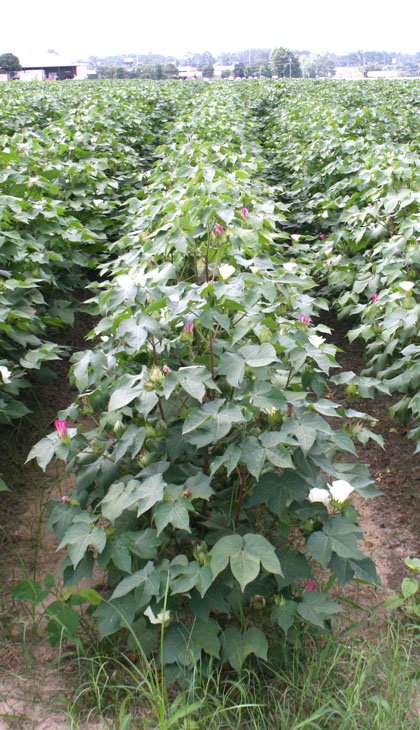
.jpg)
